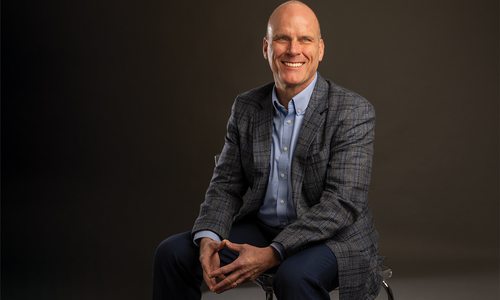
Strategy
How to Successfully Restructure Your Business
Leadership Springfield develops leaders so they can reenergize local organizations, but what do you do when your own organization is the one that needs help? You plan a restructure, and two experts share how they made it work.
By Claire Porter
Mar 2019

For 34 years, Leadership Springfield was led by a board of directors and supported by a part-time staff who were employed by the nonprofit’s affiliate partner, the Springfield Area Chamber of Commerce. Although the board was highly active, the natural turnover and monthly meeting rate were impeding speedy progress. “Our mission statement says we should be doing more, and there’s definitely a need inside Springfield for what we do,” says board president Don Harkey. The board wanted to expand programming but realized its structure was not built to support that growth, so they decided it was time to restructure.
“Now, the staff leads the organization, and the board supports the staff, so it was a fundamental shift in our structure,” says newly minted Executive Director Carrie Richardson, who herself is a Leadership Springfield alumna. But first, the board had to define what they wanted the future of Leadership Springfield to look like fundamentally. “Sometimes you get lost in the details of the transition, and you can’t envision what the transition [itself] will be,” Harkey says. Once a common vision was established, Harkey says the board created three transition task forces. Additionally, one board member became a part-time consultant to cover the gap before the executive director was hired and then assist once the position was filled.
It can be easy to be intimidated by the proposed change facing a beloved organization. “We love the vision you have for the future, but don’t screw up what we’ve already got,’ was the No. 1 fear we heard over and over again,” Harkey says. When faced with resistance, Harkey says the key is to acknowledge the hesitation and then to pivot appropriately or further clarify the vision so that everyone is on board. With Richardson’s arrival, she kept that vision at the center of every action. “The mission has to be living,” she says. “It is very easy to get caught up in what you’re doing. We wanted to be able to meet the community needs. That’s why we did this in the first place, so if we’re not focusing on that, then ultimately, why do it?”
A key component of the restructure’s success was the board’s insistence on waiting to find the right person for the new roles. “It’s painful; it’s frustrating; you know you need the help now; and you should [wait] anyway,” Harkey says. Leadership Springfield found that perfect fit in Richardson. She says she was set up for a smooth transition because of the open lines of communication and the financial transparency—Leadership Springfield has been playing the Great Game of Business since 2017. Although the amount of information Richardson was taking in was overwhelming, she says focusing on the goal made it manageable. “It wasn’t necessarily how it was done; it was the what,” she says. And the change also opened an opportunity for processes to be revamped, streamlined and reimagined, giving the new staff members ownership over the organization and its products.












